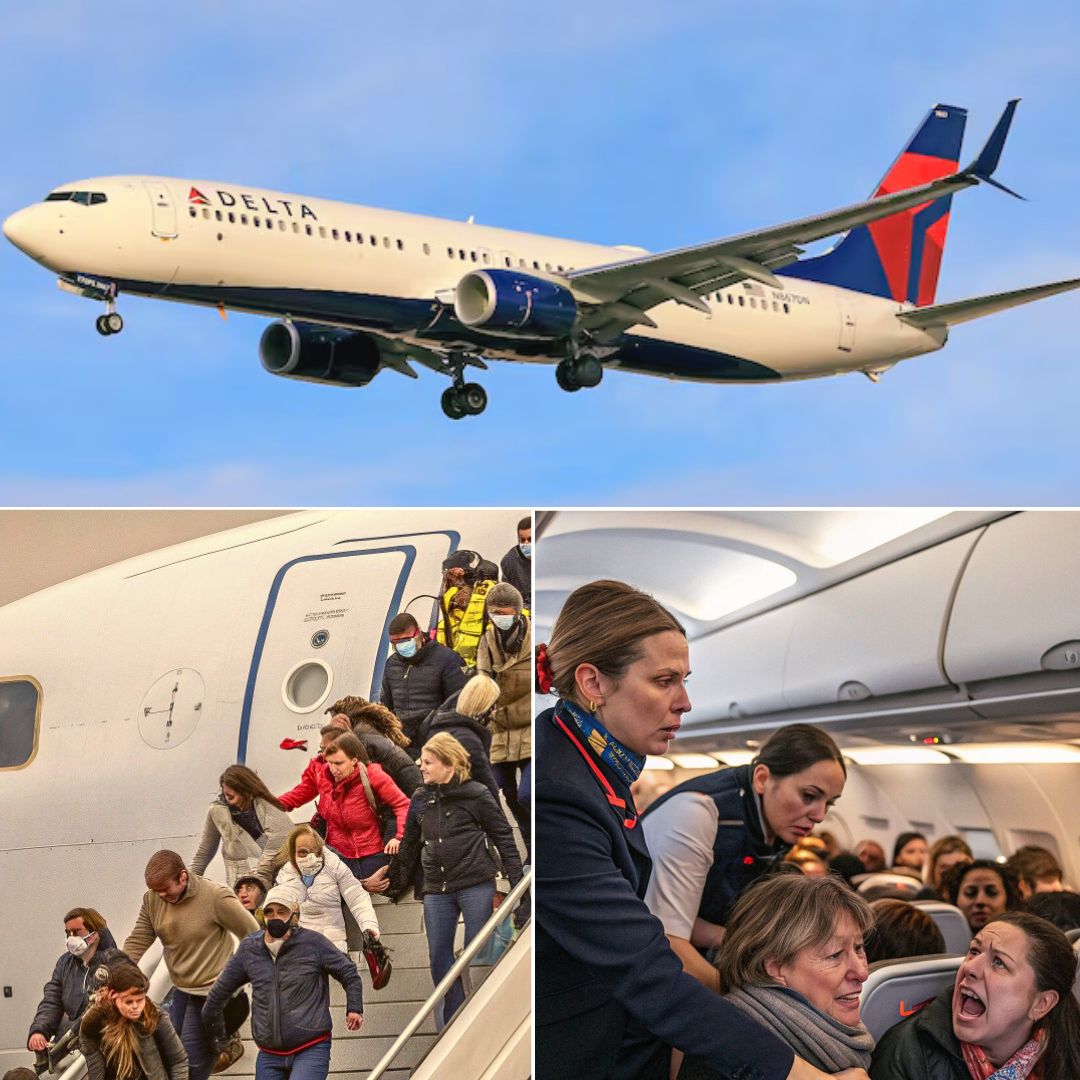On Wednesday evening, Delta Air Lines Flight DL56, an Airbus A330-900neo carrying 275 passengers and 13 crew members from Salt Lake City to Amsterdam, experienced severe turbulence approximately two hours into the flight.
The violent atmospheric disturbance forced an emergency landing at Minneapolis-St. Paul International Airport. Twenty-five individuals sustained injuries, many due to being unbuckled during the turbulence, and were promptly hospitalised upon landing.
Delta’s Care Team has been actively supporting passengers and crew, while federal and aviation authorities continue a comprehensive investigation into the incident.
Turbulence Strikes Passengers and Crew at Cruising Altitude
The Airbus A330-900neo had just reached its cruising altitude of around 37,000 feet when sudden, violent turbulence struck. Flight tracking data reveals abrupt altitude changes over 2,000 feet up then down in a matter of seconds.
Passengers describe a terrifying ordeal: passengers unfastened from their seats were lifted into the air, overhead bins burst open spilling luggage and personal items, and meal trays flew uncontrollably through the cabin.
One passenger recounted, “It felt like the plane was caught in an invisible storm; no warning, just sudden chaos.” Flight attendants acted swiftly, checking seatbelts, assisting those injured, and calming the panicked cabin.
As the pilots decided to divert, the tense atmosphere was palpable among passengers. Upon landing safely in Minneapolis shortly before 8 p.m., emergency response teams were awaiting with ambulances and medical crews to triage the injured.
Many injuries included fractures, lacerations, and concussions, though officials confirmed no fatalities. Airport spokesperson Jeff Lea commented, “The coordination between aircrew and emergency services exemplified preparedness and ensured rapid medical attention for those in need.”
Delta released a statement underscoring its commitment: “Passenger and crew safety remain paramount. Our Care Team is closely working with all affected individuals to provide necessary support.”
Climate Change Fuels Rising Turbulence Risks
While turbulence is a routine hazard in aviation, incidents causing injury on this scale are unusual yet increasingly documented. Experts attribute a notable rise in severe turbulence episodes to climate change factors, including jet stream alterations, increased atmospheric instability, and more frequent severe weather events.
Clear air turbulence unpredictable without visible storm clouds is particularly challenging to detect and avoid. This event follows recent high-profile turbulence tragedies, such as last year’s fatal Singapore Airlines incident linked to clear air turbulence, which was the first death due to turbulence in decades.
Aviation regulators like the Federal Aviation Administration (FAA) and National Transportation Safety Board (NTSB) have launched joint investigations, reviewing flight data recorders, meteorological inputs, and cockpit communications to ascertain causes and procedural responses.
The A330-900neo, delivered new to Delta in 2023, exemplifies modern safety technology but also highlights the limits faced by current systems amid evolving atmospheric threats.
Industry voices are increasingly calling for enhanced turbulence forecasting technologies, improved passenger communication and education on seatbelt usage, and reinforced cabin safety measures.
The Logical Indian’s Perspective
This distressing incident lays bare the inherent unpredictability of modern air travel and the compounded challenges posed by climate change’s impact on weather patterns. It reveals not only the physical vulnerability of passengers and crews but also the remarkable professionalism and solidarity shown in moments of crisis by flight staff, emergency responders, and medical teams.
As we navigate a world of increasingly volatile climates, The Logical Indian advocates for a multipronged approach investing in advanced research and technology, enforcing stringent safety standards, and fostering an empathetic culture that prioritises passenger wellbeing.
More than ever, open dialogue and shared responsibility among governments, airlines, scientists, and travellers are essential to build resilience in aviation safety. How can we in industry and society collaborate effectively to improve preparedness, enhance communication, and nurture kindness amidst the mounting turbulence of both skies and life?












